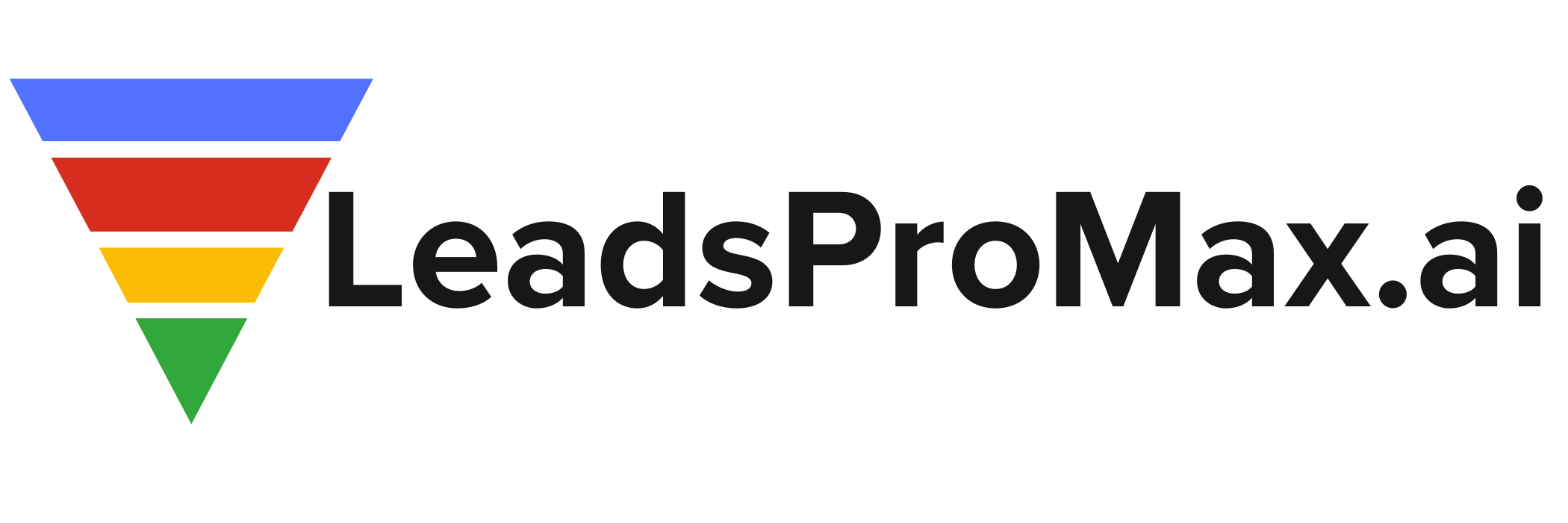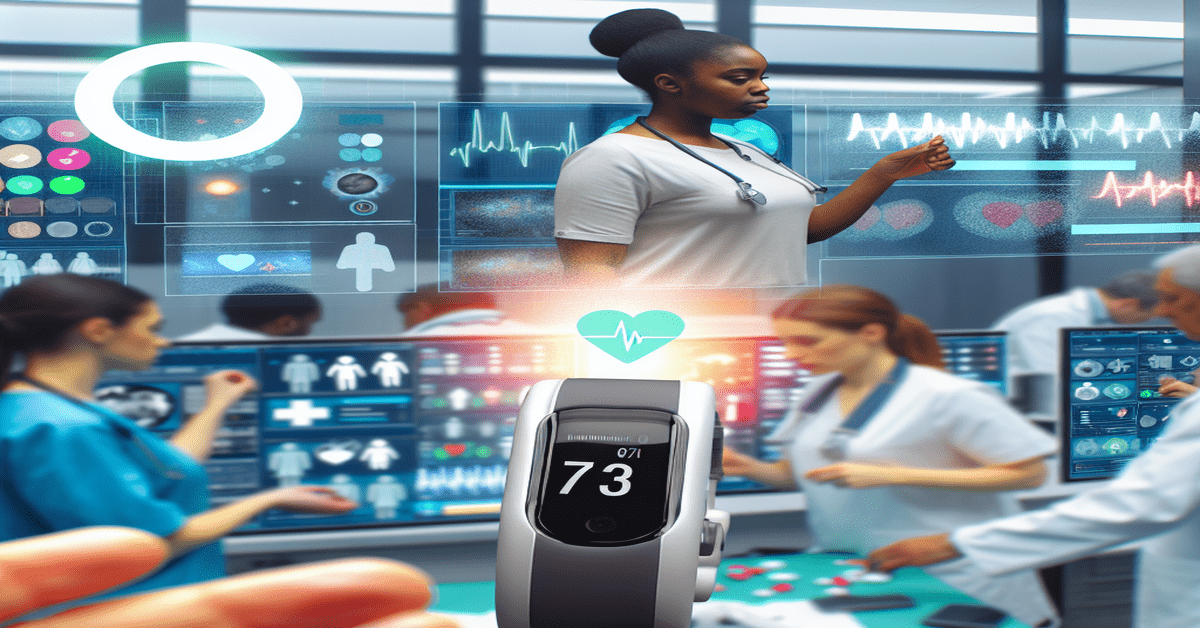Smart Devices: Revolutionizing Predictive Healthcare
The healthcare industry is undergoing a transformative shift, driven by the rapid adoption of smart devices and the power of predictive analytics. As technology continues to advance, the potential for smart devices to shape the future of healthcare is becoming increasingly evident. In this blog post, we’ll explore how these innovative tools are revolutionizing patient care, enabling early interventions, and paving the way for a more proactive and personalized approach to healthcare.
Real-Time Data: The Key to Early Interventions
One of the most significant advantages of smart devices in healthcare is their ability to collect and transmit real-time data. Wearables, such as fitness trackers and smartwatches, along with home monitoring systems, provide a continuous stream of information on patients’ vital signs and health metrics. This real-time data allows healthcare providers to detect anomalies and deteriorating health conditions at an early stage, enabling timely interventions that can prevent serious complications and reduce hospital visits[1][2].
Imagine a scenario where a patient with a chronic condition, such as heart disease, is equipped with a smart device that continuously monitors their heart rate and rhythm. If the device detects an abnormal pattern or a sudden change, it can alert both the patient and their healthcare provider in real-time. This early warning system allows for prompt action, whether it’s adjusting medication, scheduling an appointment, or even dispatching emergency services if necessary. By catching potential issues early, smart devices have the power to save lives and improve patient outcomes.
Empowering Patients and Personalizing Care
Smart devices not only benefit healthcare providers but also empower patients to take an active role in their own health management. Through apps and web portals, patients can access their health data, track their progress, and gain insights into their overall well-being. This level of engagement encourages patients to make informed decisions about their lifestyle choices and treatment adherence[1].
Moreover, the data collected by smart devices enables healthcare providers to develop **personalized treatment plans** tailored to each patient’s unique needs. By analyzing patterns and trends in a patient’s health data, providers can identify specific risk factors, optimize medication dosages, and develop targeted interventions. This personalized approach not only improves the effectiveness of treatments but also enhances patient satisfaction and trust in the healthcare system[1].
Harnessing the Power of Predictive Analytics and AI
The true potential of smart devices in healthcare lies in their integration with advanced technologies such as artificial intelligence (AI) and machine learning. These powerful tools analyze vast amounts of data collected by smart devices, uncovering patterns, trends, and correlations that may not be apparent to the human eye. By leveraging predictive analytics, healthcare providers can anticipate disease progression, identify high-risk patients, and make evidence-based decisions[1][4].
For example, consider a patient with diabetes who regularly uses a smart glucose monitor. The device not only tracks their blood sugar levels but also collects data on their diet, physical activity, and medication adherence. By feeding this data into an AI-powered system, healthcare providers can predict the likelihood of the patient developing complications, such as diabetic retinopathy or neuropathy, and intervene proactively. This predictive approach allows for early treatment, reducing the risk of severe complications and improving the patient’s quality of life.
Expanding Access and Reducing Costs through Telehealth
Smart devices have also played a crucial role in the growth of telehealth and remote patient monitoring. By leveraging these technologies, healthcare providers can expand access to care, particularly in underserved areas where distance and travel constraints may hinder regular check-ups. Telehealth solutions, combined with smart devices, enable patients to receive consultations, monitor their health, and receive proactive interventions from the comfort of their own homes[2][4].
Remote patient monitoring not only improves access to care but also contributes to **cost savings** in the healthcare system. By reducing the need for frequent hospital visits and preventing unnecessary readmissions, smart devices help optimize resource utilization and lower overall healthcare expenses[1]. This is particularly significant in the context of value-based care models, where the focus shifts from service fees to patient outcomes and quality of care.
The Future of Healthcare: Infrastructure and Clinical Mobility
As smart devices continue to shape the landscape of predictive healthcare, it is crucial to ensure that the necessary infrastructure and clinical mobility solutions are in place to support their effective use. Healthcare organizations must invest in robust networks, secure data storage systems, and user-friendly interfaces that align with the workflows of healthcare professionals[2].
Moreover, the adoption of smart devices in healthcare requires a shift in mindset and a willingness to embrace change. Healthcare professionals need training and support to effectively integrate these technologies into their daily practice, ensuring that they enhance rather than hinder patient care. By fostering a culture of innovation and collaboration, healthcare organizations can unlock the full potential of smart devices and drive the industry forward.
Conclusion
The advent of smart devices has opened up a world of possibilities in predictive healthcare. By harnessing the power of real-time data, personalized care, and advanced analytics, these innovative tools are transforming the way we approach patient care. From early interventions and patient empowerment to cost savings and expanded access, the benefits of smart devices are far-reaching and profound.
As we look towards the future, it is clear that smart devices will continue to play a pivotal role in shaping the healthcare landscape. By embracing these technologies and investing in the necessary infrastructure and training, we can create a healthcare system that is more proactive, personalized, and patient-centric.
So, let’s embrace the era of smart devices and predictive healthcare. Share your thoughts and experiences in the comments below, and join the conversation on how we can leverage these technologies to improve patient outcomes and transform the healthcare industry as we know it.
#SmartDevices #PredictiveHealthcare #PatientEmpowerment
-> Original article and inspiration provided by LeadsProMax.aiHealthcare Tech
-> Connect with one of our LeadsProMax.ai Strategists today at LeadsProMax.ai


